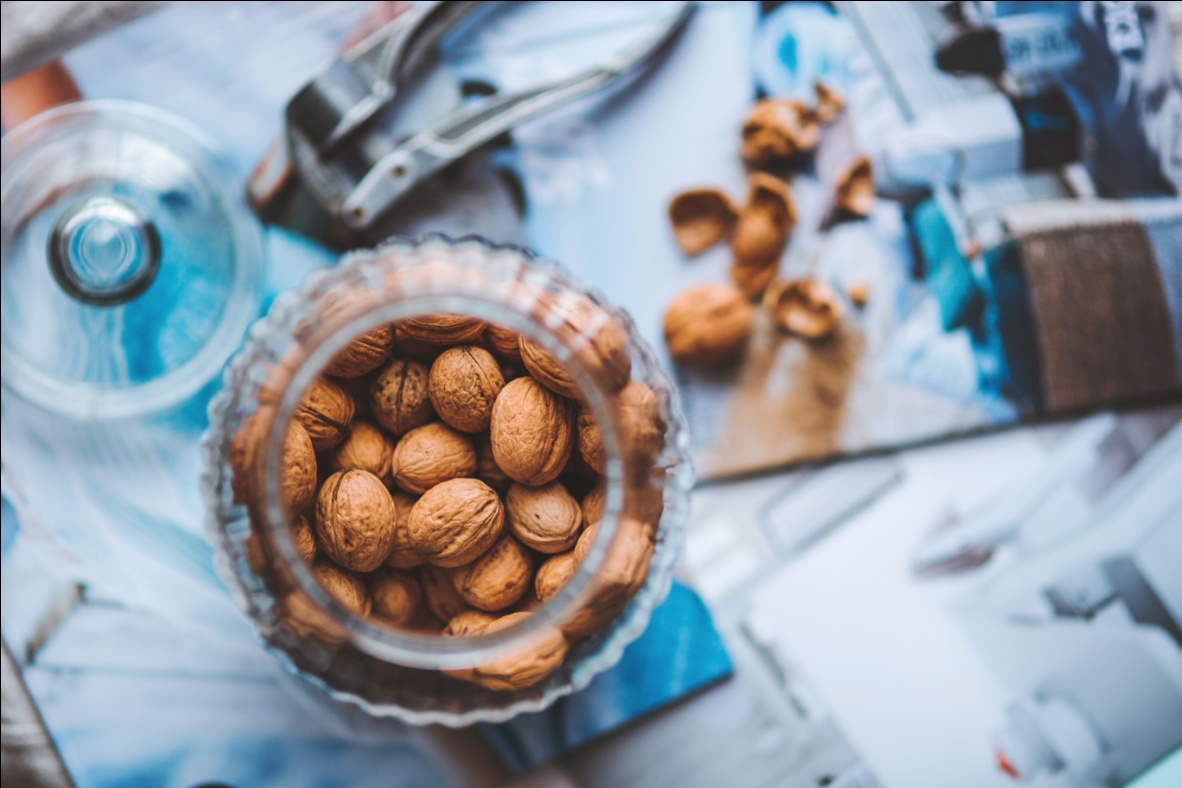Things To Look Out For In Jar And Bottle Resins

Ever wondered what could go wrong if you use the wrong jar or bottle resin for your product?
There is a lot that can go wrong, for example, if the acidic contents start to eat away the plastic and the jar or the bottle starts to collapse inward.
As a manufacturer, it is essential that you know the proper guidelines related to packaging to ensure that you achieve the proper shelf-appeal as well as maintain the integrity of your products.
Plastic Resin
Plastic resins are the foundations for all plastic jars and bottles. However, the process through which these resins are extracted makes a big difference on the usage of plastics. Each resin is made for a specific application, which is why it is important to get familiar with different types of resins in order to get the best packaging for the product.
Polypropylene Resin
Polypropylene resin, mainly referred to as PP, is a bottle resin that can tolerate temperatures as high as 240 degrees. This is the highest temperature any resin can withstand, as compared to others. In addition to high temperature resistance, it is also resistant to alkalis.
However, PP does not create the ideal barrier against oxygen and carbon dioxide, which makes it unsuitable for packaging food items.

High Density Polyethylene Resin
High Density Polyethylene Resin (HDPE) has various applications in pharmaceutical products and is one of the most commonly used resins. It is extremely resistant to water and alkalis and has excellent impact strength. It also has the ability to withstand extremely low temperatures (up to -148 degrees).
Just like PP, HDPE also has a poor barrier for carbon dioxide and oxygen.
Low Density Polyethylene Resin
Low Density Polyethylene Resin (LDPE) is resistant to alcohol. Other than that, it is more or less like HDPE, water and alkali resistant, excellent impact strength and ability to withstand low temperatures. It also provides a good barrier to carbon dioxide and oxygen.
Polyethylene Terephthalate Resin
There are various types when it comes to Polyethylene Terephthalate Resins (PET) available today, but in general PET has extreme resistance to acids and alcohols. It also serves as a good barrier against carbon dioxide and oxygen, which makes it a good option for packaging food and beverages.
However, PET tends to react to alkali and may have poor to fair impact resistance.
It is really important to have consultation and testing for each of these resins before using them in any sort of packaging.
You can order various containers made from different plastic resins from our website.
Recent Posts
-
Why Should You Choose Amber Glass When Packaging Beauty Products?
Designing a line of beauty products is no simple task. So many details go into planning and crafting …7th Jul 2022 -
Candle Supplies - The Benefits of Using Tins for Your Candle Business
Candle business is a fantastic way to turn a hobby into an extra income stream. For those willing an …7th Jul 2022 -
Customize your packaging and protect your products during shipping
Customize your packaging and protect your products during shipping. Our custom partitions are made i …5th Jul 2022



